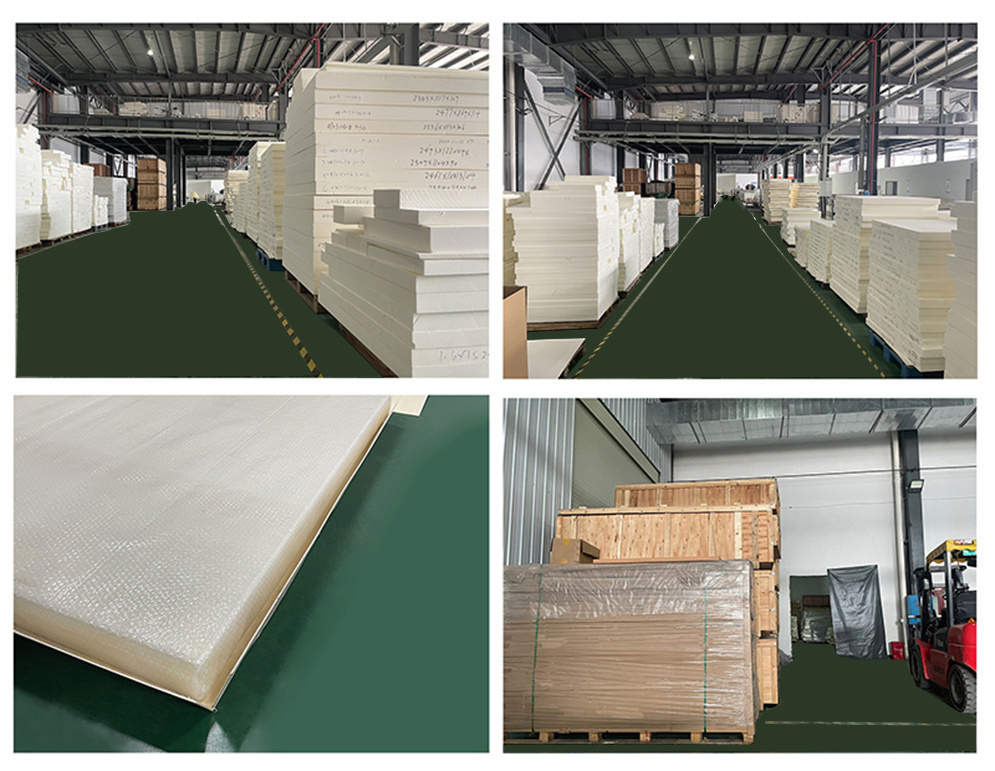
Unlocking New Possibilities: The Versatility of Large-Pore PMI Foam
PMI (Polymethacrylimide) foam is a well-established material in industries demanding high performance, low weight, and excellent mechanical properties. While its conventional closed-cell structure is widely utilized, the advent of large-pore PMI foam is opening up a new frontier of applications, leveraging its unique open-cell characteristics for enhanced functionality. This innovative variant offers distinct advantages, particularly where fluid flow, sound absorption, or specific surface area are critical design parameters.
What Defines Large-Pore PMI Foam?
Unlike its standard counterpart, large-pore PMI foam features a significantly larger and often interconnected pore structure. While traditional PMI foam is known for its fine, uniform, and mostly closed cells, the large-pore version deliberately engineers a higher porosity and cell size, typically ranging from hundreds of micrometers to several millimeters. This altered morphology fundamentally changes its properties, making it less of a purely structural core and more of a functional material.
The manufacturing process for large-pore PMI foam is carefully controlled to achieve this specific open-cell architecture. This can involve techniques that promote larger crystal growth during polymerization or incorporate pore-forming agents that are later removed. The result is a highly permeable network that maintains the inherent benefits of PMI, such as high temperature resistance, chemical inertness, and low density, while introducing new capabilities.
Key Advantages and Applications
The unique structure of large-pore PMI foam translates into several compelling advantages:
- Enhanced Permeability: The interconnected large pores facilitate excellent fluid and gas flow. This makes it ideal for applications requiring filtration, diffusion, or controlled permeation.
- Superior Sound Absorption: The open-cell structure acts as an effective sound absorber, dissipating acoustic energy within its intricate network. This is particularly valuable in noise reduction applications.
- Increased Surface Area: The larger internal surface area provides more sites for chemical reactions, catalyst support, or biological growth, making it suitable for advanced material science and biomedical applications.
- Improved Drainage and Wicking: Its porous nature allows for efficient wicking and drainage of liquids, beneficial in fluid management systems.
These advantages are driving its adoption across diverse sectors:
- Filtration and Separation: Its high permeability and chemical resistance make it an excellent candidate for gas and liquid filtration media, especially in harsh environments.
- Acoustic Damping: In aerospace, automotive, and industrial settings, large-pore PMI foam can be integrated into panels and structures to significantly reduce noise and vibration.
- Catalyst Support: The large internal surface area provides an ideal scaffold for heterogeneous catalysts, improving reaction efficiency in chemical processes.
- Biomedical Devices: Its biocompatibility, lightweight nature, and controlled porosity make it promising for tissue engineering scaffolds, drug delivery systems, and medical implants.
- Thermal Management: In certain configurations, its open-cell structure can be leveraged for advanced heat exchange systems where air or fluid flow through the foam is desired.
Future Outlook for Large-Pore PMI Foam
As industries seek more sophisticated and multi-functional materials, large-pore PMI foam is poised for significant growth. Its ability to combine the inherent high performance of PMI with the unique attributes of an open-cell structure makes it a highly versatile solution. Researchers are continuously exploring new ways to tailor its pore size, distribution, and overall morphology to meet specific application demands.
For engineers and designers pushing the boundaries of material science, large-pore PMI foam offers an exciting avenue for innovation. Whether it's to create lighter, more efficient filters, quieter environments, or more effective catalytic reactors, this advanced material is a testament to the ongoing evolution of high-performance foams. Consider the transformative potential of large-pore PMI foam for your next demanding project.

PMI foam
Latest News
Previous Page




